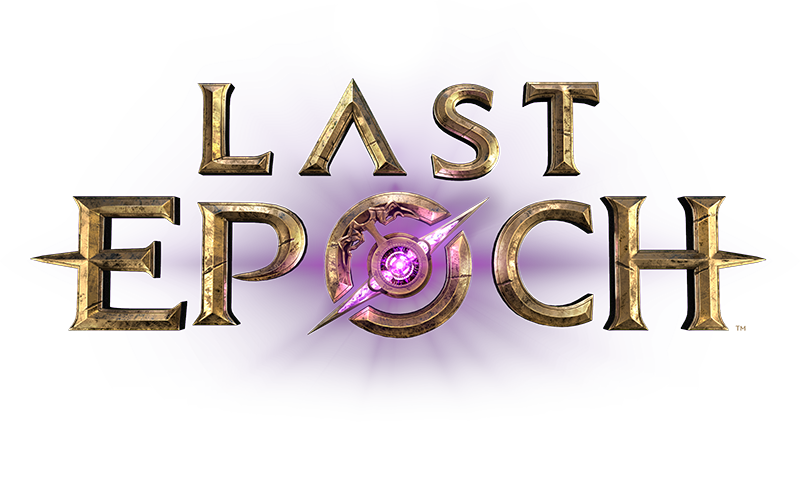Currently, I’ve played as Lich, Bladedancer, and Marksman in the game, with Lich being my favorite profession. However, it’s clear that there’s a significant disparity between the design of class skills and the design of monsters in later stages of the game, resulting in poor performance for these two professions in late-game content. From both the class talents and skill talents, it’s apparent that there’s a fear of allowing straightforward gameplay mechanics, leading to fatal limitations being imposed on them.
Regarding the Bladedancer:
The skill “Dancing Strikes” lacks the ability to increase attack speed and provides insufficient damage reduction, as well as lacking mobility and dodge capabilities to withstand the inflated damage values of late-game monsters. As a result, using this skill in later stages feels like being a suicidal dancing clown, with significantly lower survival rates compared to other skills.
The current situation for the Rogue is that in the latter half of the game, it revolves around using traps and dealing damage with thrown projectiles. Additionally, the damage caused by traps and projectiles far surpasses that of melee attacks, which seems highly abnormal. A character imagined to skillfully wield blades amidst enemy groups evidently does not fit into this game. Entertaining game mechanics should not revolve around inflated damage values, which limit gameplay to specific styles focused on instantly killing all enemies to survive.
Regarding the Lich:
The Lich’s “Death Seal” consumes shields, making it impossible for the Lich to survive in later stages of the game through high shield values. Furthermore, without core equipment, the damage from “Harvest” becomes significantly low. The more comfortable late-game playstyle of the Lich has little to do with its characteristic “Reaper Form.” In terms of both melee damage and defense, it falls short compared to Paladin, while Warlock surpasses it in ranged damage. Even the Necromancer, who carries the “Wraithlord’s Artillery,” seems more competent than the Lich. Currently, the performance of the Lich is nothing like the envisioned character who defies the laws of death, manipulates life, and steps into the realm of the undead. It appears more like a clown shooting itching laser beams or a terrorist leader detonating explosive bombs. Additionally, the way the characters in the game handle and swing the scythe does not align with reality.
Regarding the Marksman:
The movement speed of late-game monsters is so fast that the slowing effects feel ineffective, with many monsters being able to rush directly from the edge of the screen to the character’s face. This completely undermines the feeling of playing a long-range archer for Marksman players. Consequently, all Marksmen become Explosive Trap throwers, using Detonating Arrows to kill enemies before they reach the player. This current bizarre game ecosystem is a result of idiotic designs focused solely on mindlessly increasing numerical values in late-game monster designs.
AOE monster problems and the dilemma of melee characters
In the second half of the game, there are many monsters with deadly long-range AOEs. Their range exceeds the screen banner and their firing frequency is extremely high.
For a melee character who cannot move while outputting damage, as long as this type of monster is hidden behind the monster group, the melee character will be in trouble.
Many times I need to find which direction those remote AOE monsters are hiding in. Very idiotic design.
They are also one of the reasons why only the high-shield Paladin is left in the late stage of the melee role. Only a shield of nearly 80,000 and a total resistance of 75% or more can withstand such high damage.
The high damage caused by monsters causes stun, which is also the reason why melee characters have difficulty surviving. A group of long-range monsters are approaching. As long as the player does not attack in close proximity before they attack, they will be easily stunned and unable to activate their skills, leading to death.
